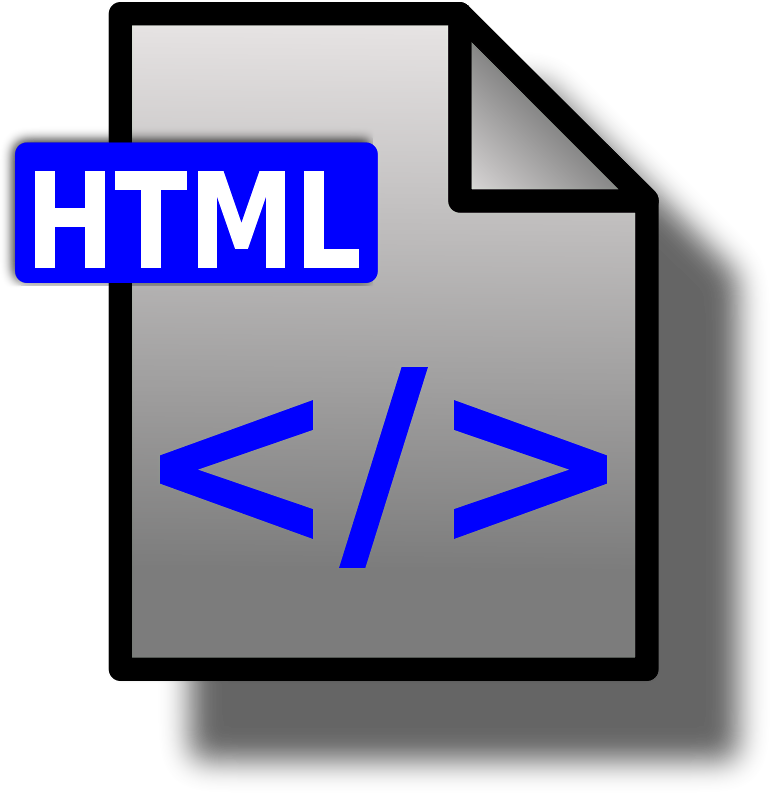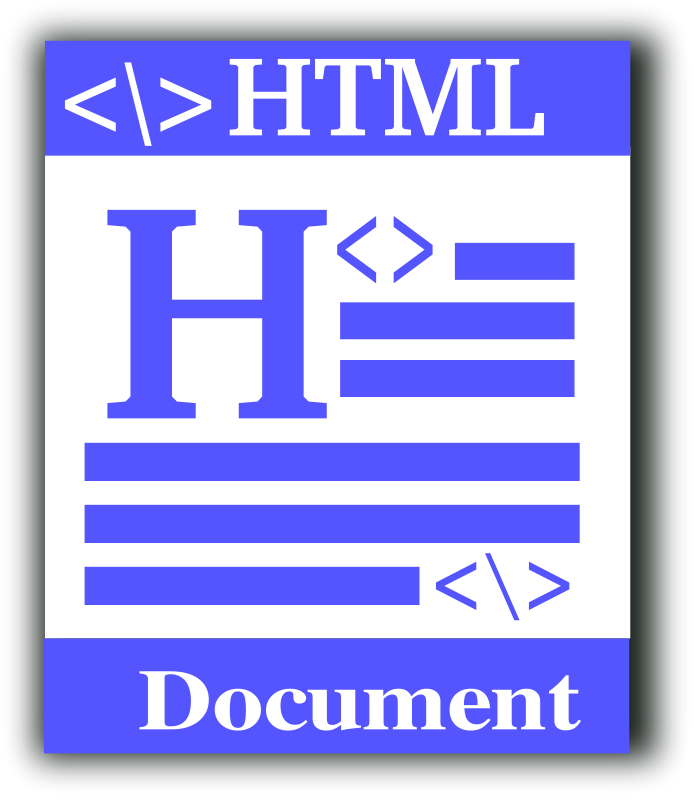
When the z-index attribute and position attribute are not included, the stacking order of all elements is consistent with the order in which they appear in the HTML document. (Except for the special case of using negative margin to overlap inline elements.) When an element is floated, the floating block element is placed between the non-positioned block element and the positioned block element. In other words, the floating element is displayed in the normal flow. Above descendant block elements, and below descendant inline elements in regular flow. When the position attribute is added to an element, all elements with the position attribute and their sub-elements will be displayed on top of other elements without the position attribute. Z-index is only effective on elements with the position attribute set. The z-index attribute on elements without the position attribute does not take effect. The z-index attribute generates a stacking context. A group of elements with a common parent element that are moved forward or backward together form a stacking context. Each stacking context has a single root element. When a new stacking context is formed on the element, all child elements in the stacking context are limited to a fixed area in the stacking order. A stacking context structure
1. How to use the index attribute? Summarize the usage of index attribute examples

##Introduction: When the z-index attribute and position attribute are not included, all The stacking order of elements is consistent with the order in which they appear in the HTML document. (Except for the special case of using negative margin to overlap inline elements.) When an element is floated, the floating block element is placed between the non-positioned block element and the positioned block element. In other words, the floating element is displayed in the normal flow. Above descendant block elements, and below descendant inline elements in regular flow. When the position attribute is added to an element, all elements with the position attribute and their sub-elements will be displayed in its...
2. 10 recommended articles about block elements

Introduction: When the z-index attribute and position attribute are not included, the stacking order of all elements is The order in which they appear in the HTML document is consistent. (Except for the special case of using negative margin to overlap inline elements.) When an element is floated, the floating block element is placed between the non-positioned block element and the positioned block element. In other words, the floating element is displayed in the normal flow. Above descendant block elements, and below descendant inline elements in regular flow. When an element is added with the position attribute, all elements with the position attribute and its sub-elements will be displayed in its...
3. Summary of definition and usage of floating attribute functions

Introduction: To introduce the float property of CSS, you must first understand the standard document flow standard document flow. Without the intervention of CSS, block-level elements occupy one line. You can set the width and height. In-line elements are displayed side by side, and the width and height are automatically filled.
4. The role and usage of the span tag Summary

5.
A brief introduction to floating properties in CSS
 ##Introduction: Without the intervention of CSS, block-level elements occupy one line alone, and the width and height can be set. In-line elements are displayed side by side, and the width and height are automatically filled. The standard document flow (default layout) of an HTML page is: from top to bottom, from left to right, with line breaks when encountering blocks (block-level elements).
##Introduction: Without the intervention of CSS, block-level elements occupy one line alone, and the width and height can be set. In-line elements are displayed side by side, and the width and height are automatically filled. The standard document flow (default layout) of an HTML page is: from top to bottom, from left to right, with line breaks when encountering blocks (block-level elements).
6.
Detailed explanation of examples of line-height and vertical-align properties in css简介:line-height、font-size、vertical-align是设置行内元素布局的关键属性。这三个属性是相互依赖的关系,改变行间距离、设置垂直对齐等都需要它们的通力合作。在CSS字体里面已经详细介绍了font-size的相关内容,本文将主要介绍line-height与vertical-align。 简介:a标签不可以嵌套交互式元素 块级元素可以包含内联元素和某些块级元素,内联元素不能包含块级元素,只能包含内联元素 p标签不能包含块级元素 不可包含块级元素的标签 li标签可以包含div以及ul,ul的子元素应该只有li 元素并排(块级和块级并列,内联和内联并列) 字符实体引发的错误 错误的使用 role 属性 行内元素强制转成块级元素,块级元素强制转成行内元素 使用 disabled=false 页面中同一个ID出现两次及以上 内嵌的






